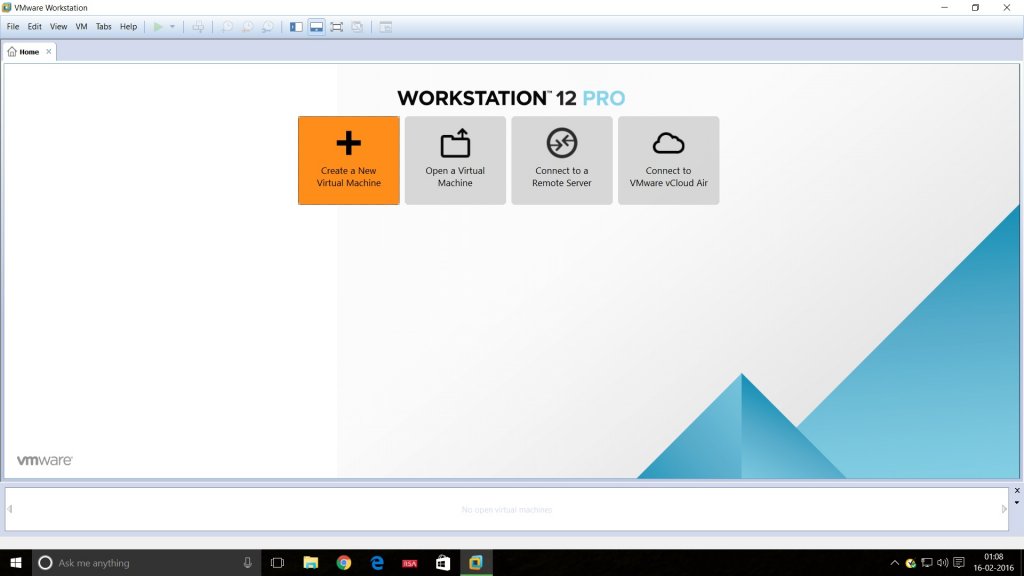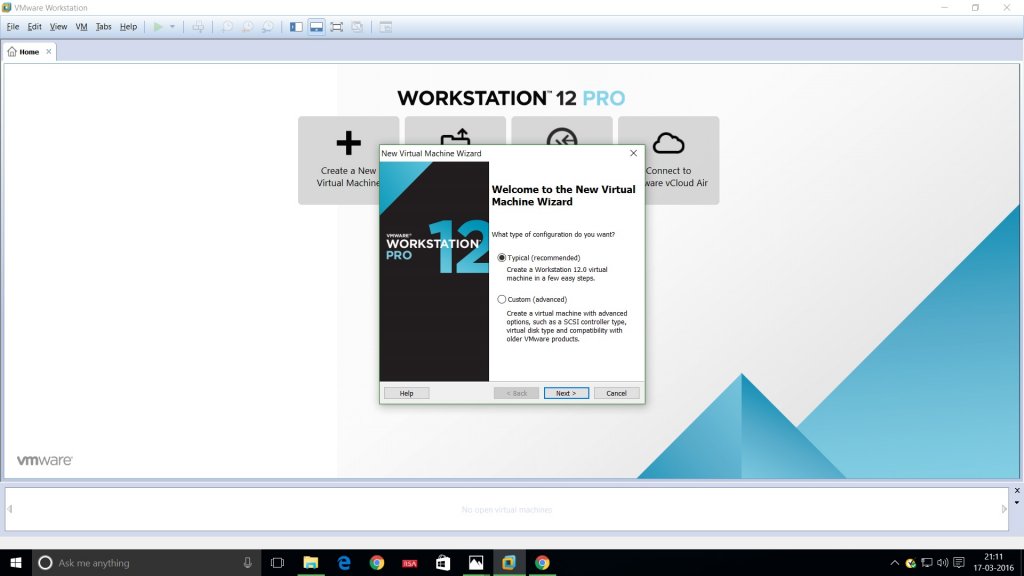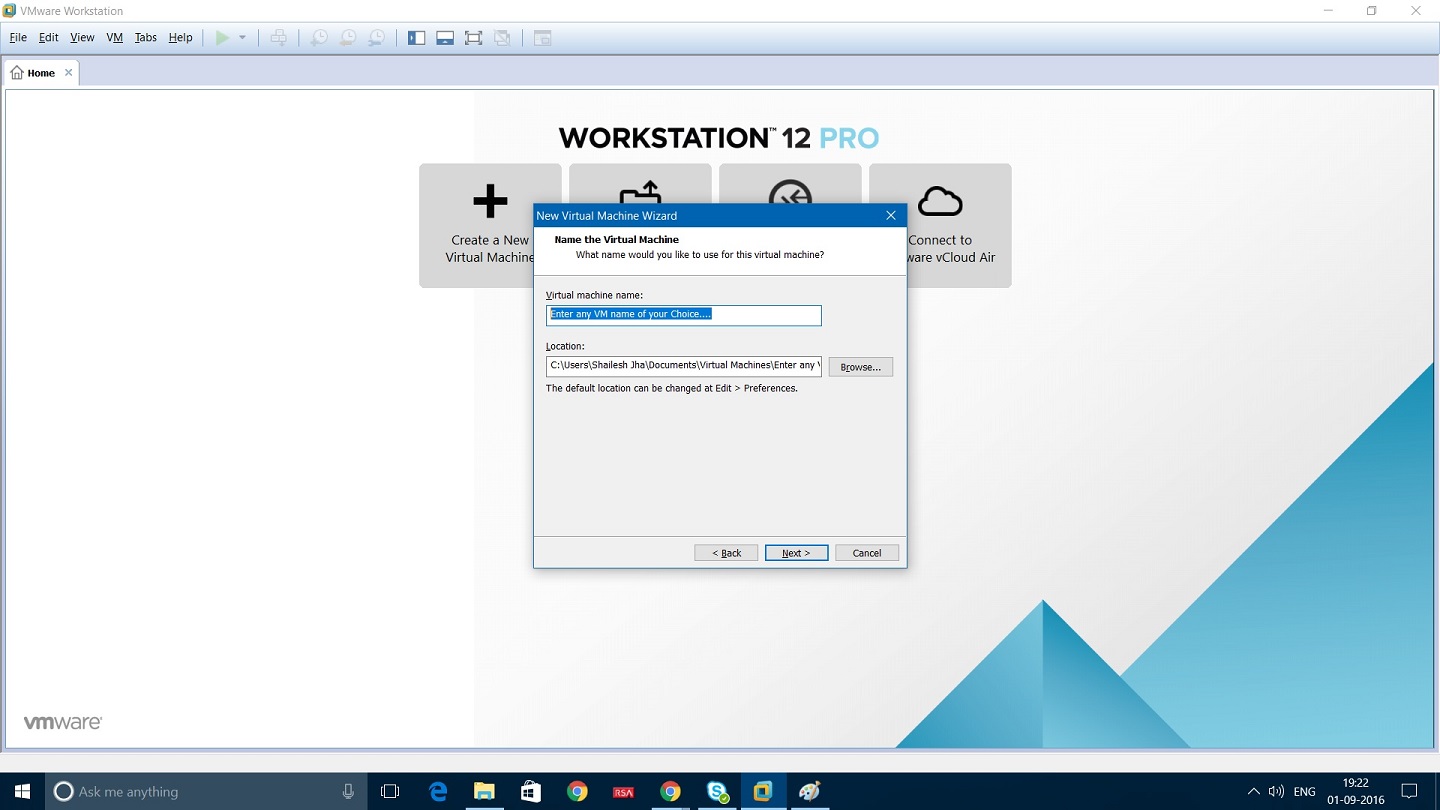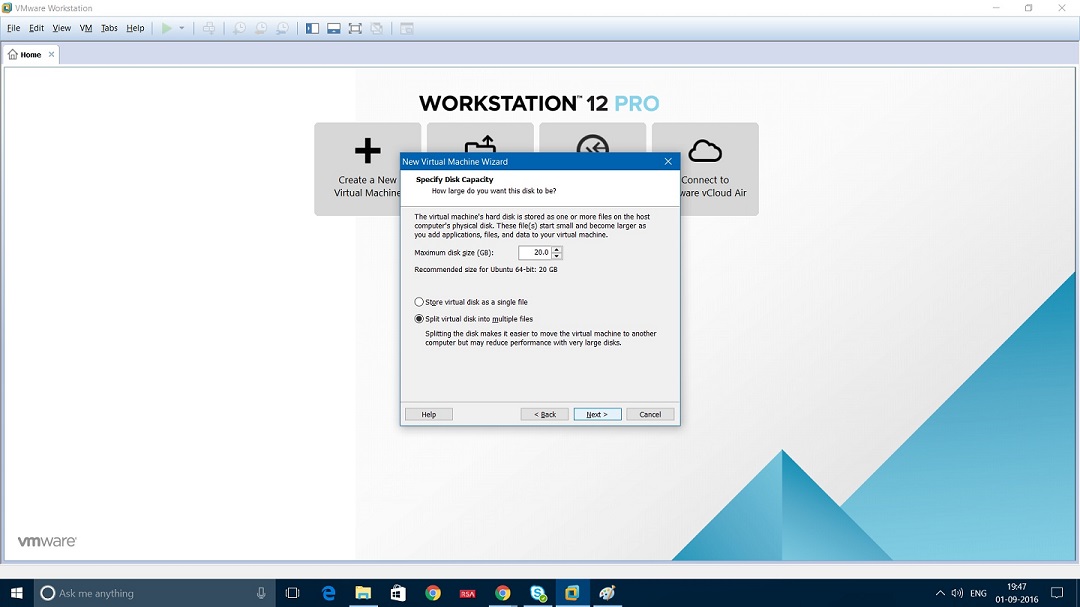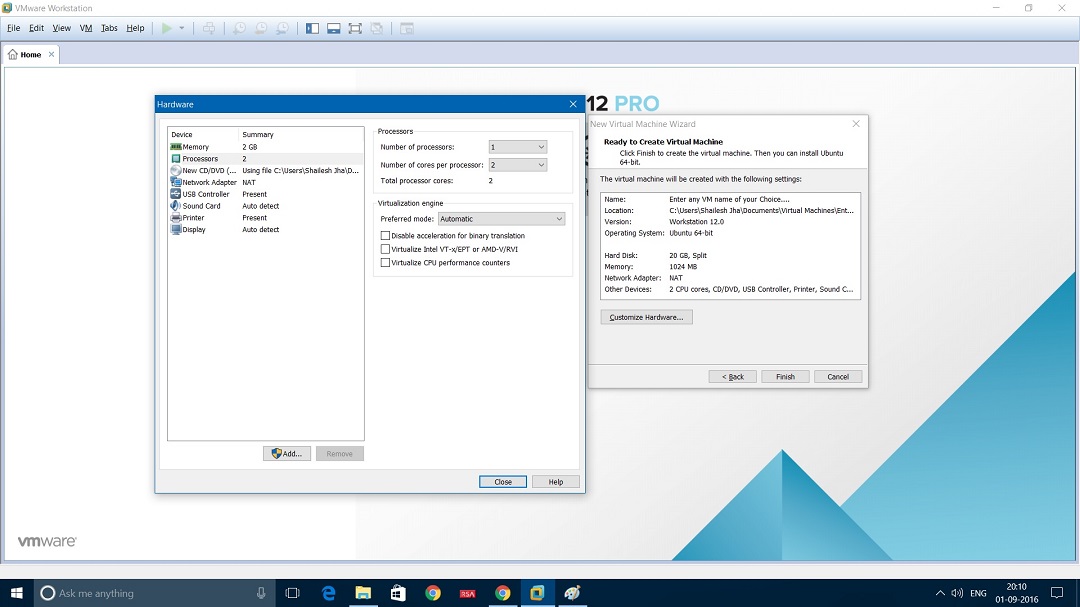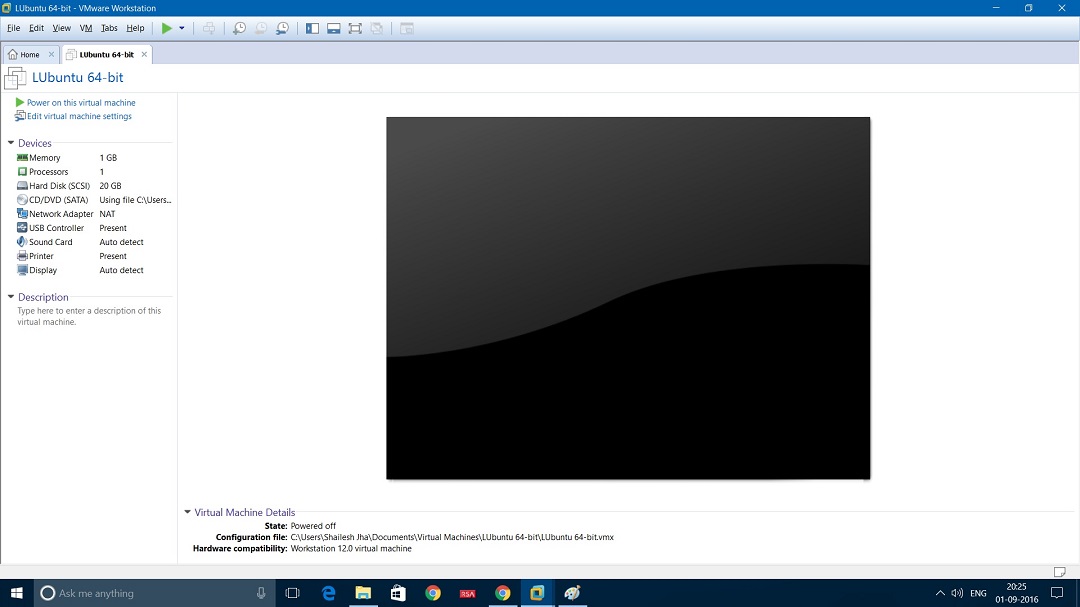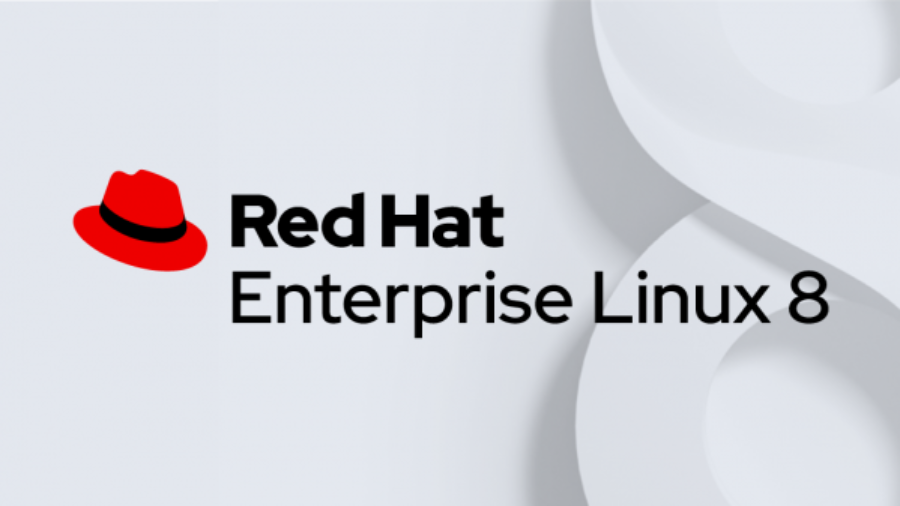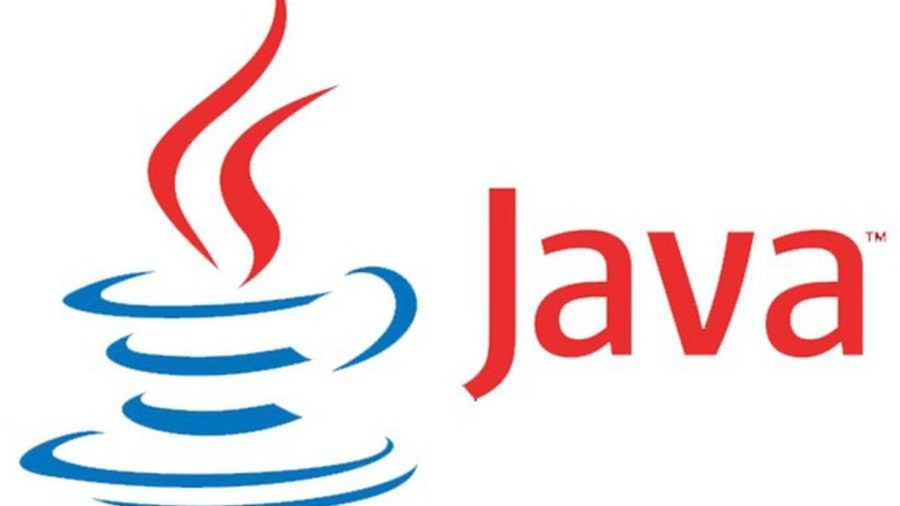In this post, I will show you how to install Lubuntu on VMware workstation. The version we will be using is VMware workstation 12 pro and Lubuntu 16.04 Xenial Xerus. If you like to watch a screen cast of the process, there is a video embedded at the end of this blog.
Lubuntu is a light weight operating system, which means that it has very low hardware requirement. It’s based on Ubuntu and minimal desktop LXDE. If you are looking for a light weight linux destro, this could be the one.
Let’s get started.
I have created a video that shows you all the steps. Rest of the blog is the step by step instructions. Watching the video is a good starting point.
Step 1 – Run the VMware Workstation application.
If you don’t have VMware Workstation Installed on your computer, please follow my post here.
Step 2 – Download the installation media.
This would be an .ISO image file, which you can download from any of the following sources:
The installation media would typically be an .ISO file. You could download it directly or use a torrent. A torrent or a magnet link is provided on the website. I would recommend the torrent file as it is faster. I found the direct link to be very slow. Also since the file size is large, around 855 MB, torrent is recommended. Download the 32 bit or 64 bit depending on the computer, which is to say, download 32 bit if you have 32 bit Operating system or 64 bit if you have 64 bit operating system.
Step 3- Locate the downloaded file
You can find it in the downloads folder, which is the default if you have not changed the default settings.
Step 4 – Launch VMware Workstation New Virtual Machine installation wizard.
You can launch this by clicking Create New Virtual Machine button on the home screen or go to menu File -> New Virtual Machine. The keyboard shortcut is Ctrl + N on Windows. VMware workstation supports tab view, which is, all the virtual machines running or stopped will show up in its own tab until you close them by clicking X on the tab itself. It’s the same as you see in the browsers where webpages open in separate tabs rather then separate windows. In software development terms, this is commonly referred to as the tabbed interface.
Step 5- Welcome to the new Virtual Machine Wizard dialog box appears
This is where you get a chance to select the way virtual machine will be created. Typical is predefined or mostly the defaults. Custom is where you get to set advanced options such as compatibility with older Virtual Machines, SCSI controller type, etc. We will go with the default options. Select Typical and click Next.
Step 6- Select installation media or source
In this dialog box you will have to browse to the downloaded ISO file and click next. You will see that VMware doesnot detect the OS automatically. We can ignore it for now. This will be fixed in the next step.
Step 7 – Select the guest operating system
Normally VMware Workstation detects the operating system automatically. But in the case of Lubuntu, it does not. In this dialog box you have to specify what kind of operating system you are installing. Select Linux as the Guest Operating System and Ubuntu or Ubuntu 64 depending on whether you are installing 32 bit or 64 bit operating system.
Step 8- Enter Virtual Machine Name and Location
In this dialog box you please specify the name for your virtual machine. It could be anything meaningful. Alternatively you can accept the default. For the location, you can accept the default location or change it to your desired location. Default location is Virtual Machines folder in your Documents folder. A new folder is created in the Virtual Machines folder for each virtual machine you install through VMware workstation. The name of the folder is the same as the name of the virtual machine you enter here.
Step 9- Specify disk capacity
This dialog box asks you to specify the disk capacity. This is the maximum amount of disk space it will utilize once the Virtual Machine is created. You can leave it to the default but if you are running low on disk space, you can reduce it to 20 GB. This is generally sufficient if you are not planning to install heavy disk using software’s such as Photoshop. Such software’s reduce the performance of your Virtual Machine if your Computer is not powerful enough.
Check Split Virtual Disk into multiple files. This is the default option. Say if you specify 60 GB, all of 60 GB will not be utilized or say 60 GB will not be blocked at once. These Virtual Disks expand according to the usage with a Maximum size you specifed as the disk capacity. On a fresh install normally it takes 10 GB of space which will grow according to the software’s you install in the VM.
Step 10- Ready to create Virtual Machine Dialog Box
This is the final dialog box and what you see is all the options you have selected in previous dialog boxes. You will also see Memory, Network Adapter and Other Devices. They are the defaults. If you wish to change them, click on Customize Hardware. You can leave them as defaults for now, they can be changed later on also once the Virtual Machine is created.
Step 11 – Power on Virtual Machine
Now you will have to power on the virtual machine to start the process. You can see the option to power on the VM on top left hand side.
Step 12 – Select the language for installation
Please select the language for installation. You can select language of your choice.
No Full screen mode
From now on you will not see full screen mode during the installation process. Full screen mode will be available to you once you have installed the OS and VMware tools. We will install VMware tools at the end.
Step 13 – Choose Install Lubuntu
You can try out Lubuntu with out installing it. For this, select the first option and press enter. To install Lubuntu, use the arrow keys to select Install Lubuntu and press enter. This will initiate the installation process.
Step 14 – Choose Lubuntu OS Language
Choose the language from the list and press continue. Whatever language you choose will become your default language in the OS.
Step 15 – Choose Lubuntu updates and Third Party tools
Now you will see a check box to select update Lubuntu with the latest updates and install third party tools such as software for Wi-Fi, multimedia etc… Both of them are optional, but I would recommend to install the third party software.
Step 15 – Choose Lubuntu Installation type
Now you will have to select the installation type. Choose Erage disk and install Lubuntu, the first option because it is suitable for virtualization. The other options are encryption etc… we can skip for now. Click Install Now.
Step 15 – Write Changes to Disk
Now you will see a dialog box which asks you to write changes to disk. Click Continue.
Step 16 – Specify your location
Now you will see a dialog box which asks you to specify your location. Enter your location and click Continue.
Step 17 – Select Keyboard layout
Chose your preferred keyboard layout. Default is English(US). If you are not sure, choose the default and click Continue.
Not able to see the options clearly
Since this is not in full screen mode, the dialog boxes will not scale properly. If you are having issues, you can drag the dialog box left or right.
Step 18 – Enter user name and Password
Please specify your username and password. Computer name will be set to a default value but you can change that here also. You can also leave it as default.
Step 19 – Installation process begins
Wait for the process to complete. It will take a while.
Step 20 – You will be prompted to restart the system
Click Restart Now. You will be asked to remove the installation media and press enter. At this point just press enter to continue.
Step 21 – You will be prompted to login.
Enter your password and login.
After login, you will see the desktop as shown in the below screenshot. This is not in full screen mode because we have not installed the VMware tools, we will install VMware tools next.
Step 21 – Install VMware Tools
To install the VMware tools, follow the below steps.
- Goto VM-> Install VMware Tools
- You will see VMware media inserted dialog box. Click Cancel to exit the dialog box.
- You will see VMware tools Icon on the desktop. Double click to open.
- Copy the file with the file name something like this VMware-tools….tar.gz to the desktop.
- Right click on this file on the desktop and click Extract here. You will see that the file is extracted to the folder vmware-tools-distrib.
- Open terminal by going to System Tools -> LXterminal
- Goto the folder vmware-tools-distrib on desktop by entering the command cd /Desktop/vmware-tools-distrib
- Now run this command: sudo ./vmware-install.pl
- Enter your password and press Enter. You will be asked if you want to proceed with the legacy installer. Enter Y and press Enter.
- Now you will be asked series of questions, just accept the default by pressing Enter for all and wait for the installation to complete.
- Wait for the installation to complete. You will see more prompts, except the defaults by clicking enter. Once completed, restart your VM by going to VM->Power->Restart Guest
- Once the system restarts, you will be prompted to login. Once you login, you can see the desktop in full screen mode which stretches up to the complete screen.
Step 22 – You are done.
Enjoy working on Lubuntu desktop.
Below is the screen cast of the complete process. Do not hesitate to watch it.
Thanks for visiting my website!!!
